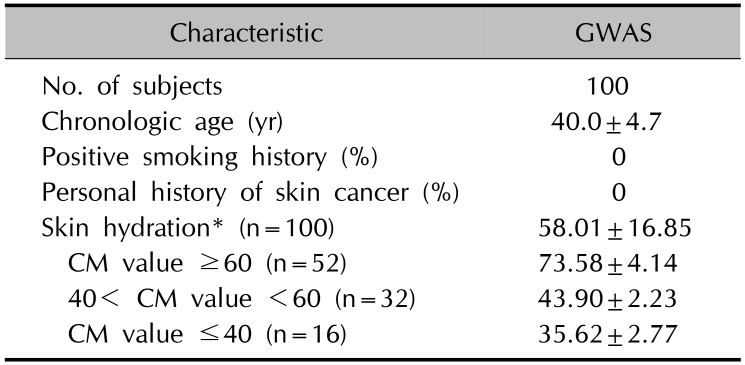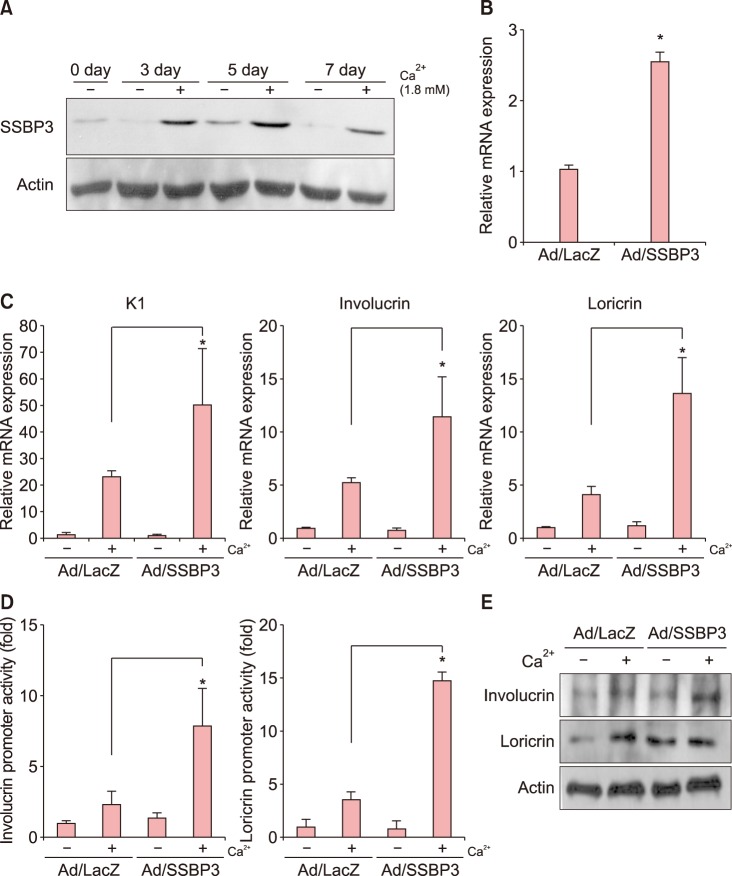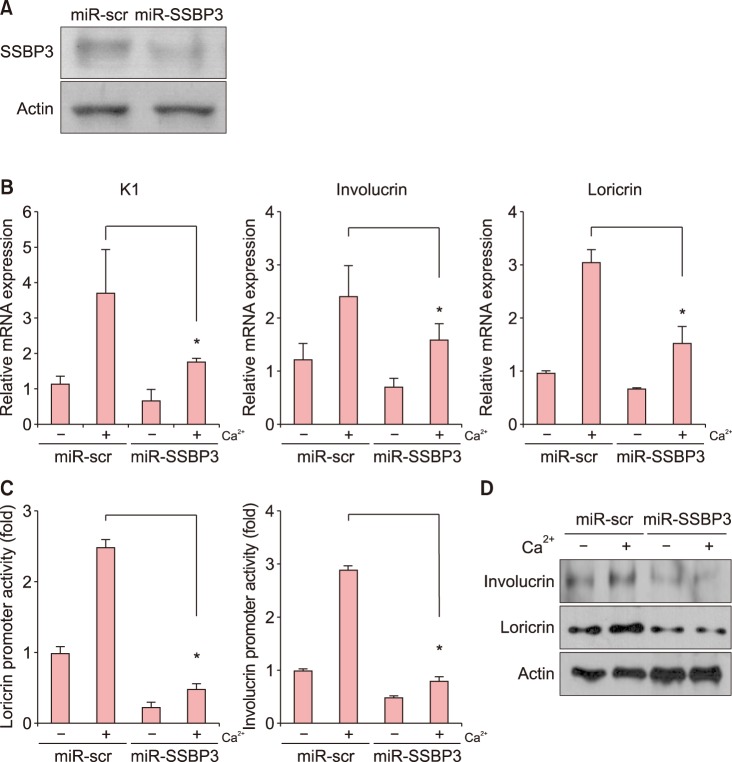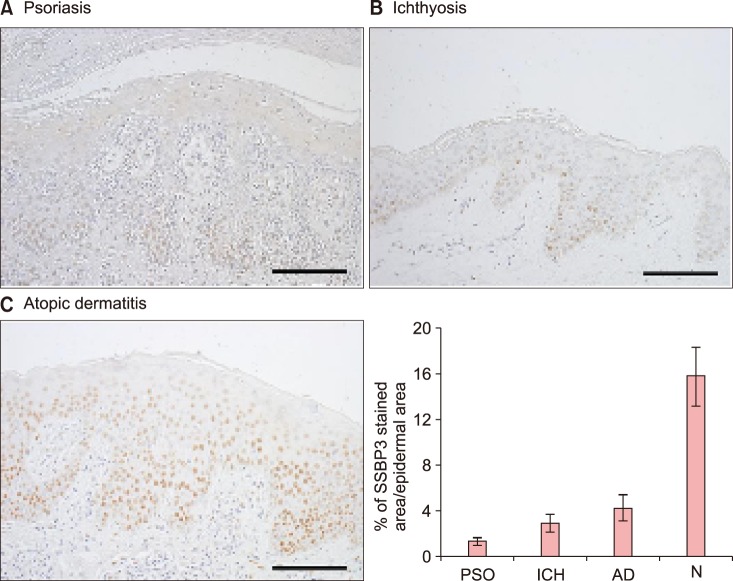1. White-Chu EF, Reddy M. Dry skin in the elderly: complexities of a common problem. Clin Dermatol. 2011; 29:37–42. PMID:
21146730.

2. Kalinin AE, Kajava AV, Steinert PM. Epithelial barrier function: assembly and structural features of the cornified cell envelope. Bioessays. 2002; 24:789–800. PMID:
12210515.

3. Lebwohl M, Herrmann LG. Impaired skin barrier function in dermatologic disease and repair with moisturization. Cutis. 2005; 76(6 Suppl):7–12. PMID:
16869176.
4. Candille SI, Absher DM, Beleza S, Bauchet M, McEvoy B, Garrison NA, et al. Genome-wide association studies of quantitatively measured skin, hair, and eye pigmentation in four European populations. PLoS One. 2012; 7:e48294. PMID:
23118974.

5. Zhang M, Song F, Liang L, Nan H, Zhang J, Liu H, et al. Genome-wide association studies identify several new loci associated with pigmentation traits and skin cancer risk in European Americans. Hum Mol Genet. 2013; 22:2948–2959. PMID:
23548203.

6. Nan H, Kraft P, Qureshi AA, Guo Q, Chen C, Hankinson SE, et al. Genome-wide association study of tanning phenotype in a population of European ancestry. J Invest Dermatol. 2009; 129:2250–2257. PMID:
19340012.

7. Lee JS, Kim DH, Choi DK, Kim CD, Ahn GB, Yoon TY, et al. Comparison of gene expression profiles between keratinocytes, melanocytes and fibroblasts. Ann Dermatol. 2013; 25:36–45. PMID:
23467683.

8. Shi G, Sohn KC, Kim SY, Ryu EK, Park YS, Lee Y, et al. Sox9 increases the proliferation and colony-forming activity of outer root sheath cells cultured in vitro. Ann Dermatol. 2011; 23:138–143. PMID:
21747610.
9. Kalia YN, Nonato LB, Lund CH, Guy RH. Development of skin barrier function in premature infants. J Invest Dermatol. 1998; 111:320–326. PMID:
9699737.

10. Sevilla LM, Nachat R, Groot KR, Klement JF, Uitto J, Djian P, et al. Mice deficient in involucrin, envoplakin, and periplakin have a defective epidermal barrier. J Cell Biol. 2007; 179:1599–1612. PMID:
18166659.

11. Engelke M, Jensen JM, Ekanayake-Mudiyanselage S, Proksch E. Effects of xerosis and ageing on epidermal proliferation and differentiation. Br J Dermatol. 1997; 137:219–225. PMID:
9292070.

12. Han J, Kraft P, Nan H, Guo Q, Chen C, Qureshi A, et al. A genome-wide association study identifies novel alleles associated with hair color and skin pigmentation. PLoS Genet. 2008; 4:e1000074. PMID:
18483556.

13. Rees JL. The genetics of sun sensitivity in humans. Am J Hum Genet. 2004; 75:739–751. PMID:
15372380.

14. Kwak TJ, Chang YH, Shin YA, Shin JM, Kim JH, Lim SK, et al. Identification of a possible susceptibility locus for UVB-induced skin tanning phenotype in Korean females using genomewide association study. Exp Dermatol. 2015; 24:942–946. PMID:
26174610.

15. Ashton NW, Bolderson E, Cubeddu L, O'Byrne KJ, Richard DJ. Human single-stranded DNA binding proteins are essential for maintaining genomic stability. BMC Mol Biol. 2013; 14:9. PMID:
23548139.

16. Castro P, Liang H, Liang JC, Nagarajan L. A novel, evolutionarily conserved gene family with putative sequence-specific single-stranded DNA-binding activity. Genomics. 2002; 80:78–85. PMID:
12079286.

17. Chen L, Segal D, Hukriede NA, Podtelejnikov AV, Bayarsaihan D, Kennison JA, et al. Ssdp proteins interact with the LIM-domain-binding protein Ldb1 to regulate development. Proc Natl Acad Sci U S A. 2002; 99:14320–14325. PMID:
12381786.

18. van Meyel DJ, Thomas JB, Agulnick AD. Ssdp proteins bind to LIM-interacting co-factors and regulate the activity of LIM-homeodomain protein complexes in vivo. Development. 2003; 130:1915–1925. PMID:
12642495.

19. Nishioka N, Nagano S, Nakayama R, Kiyonari H, Ijiri T, Taniguchi K, et al. Ssdp1 regulates head morphogenesis of mouse embryos by activating the Lim1-Ldb1 complex. Development. 2005; 132:2535–2546. PMID:
15857913.

20. Enkhmandakh B, Makeyev AV, Bayarsaihan D. The role of the proline-rich domain of Ssdp1 in the modular architecture of the vertebrate head organizer. Proc Natl Acad Sci U S A. 2006; 103:11631–11636. PMID:
16864769.

21. Cai Y, Xu Z, Nagarajan L, Brandt SJ. Single-stranded DNA-binding proteins regulate the abundance and function of the LIM-homeodomain transcription factor LHX2 in pituitary cells. Biochem Biophys Res Commun. 2008; 373:303–308. PMID:
18565323.

22. Liu J, Luo X, Xu Y, Gu J, Tang F, Jin Y, et al. Single-stranded DNA binding protein Ssbp3 induces differentiation of mouse embryonic stem cells into trophoblast-like cells. Stem Cell Res Ther. 2016; 7:79. PMID:
27236334.

23. Moabbi AM, Agarwal N, El Kaderi B, Ansari A. Role for gene looping in intron-mediated enhancement of transcription. Proc Natl Acad Sci U S A. 2012; 109:8505–8510. PMID:
22586116.

24. Nott A, Meislin SH, Moore MJ. A quantitative analysis of intron effects on mammalian gene expression. RNA. 2003; 9:607–617. PMID:
12702819.

25. Lee Y, Je YJ, Lee SS, Li ZJ, Choi DK, Kwon YB, et al. Changes in transepidermal water loss and skin hydration according to expression of aquaporin-3 in psoriasis. Ann Dermatol. 2012; 24:168–174. PMID:
22577267.











 PDF
PDF ePub
ePub Citation
Citation Print
Print



 XML Download
XML Download